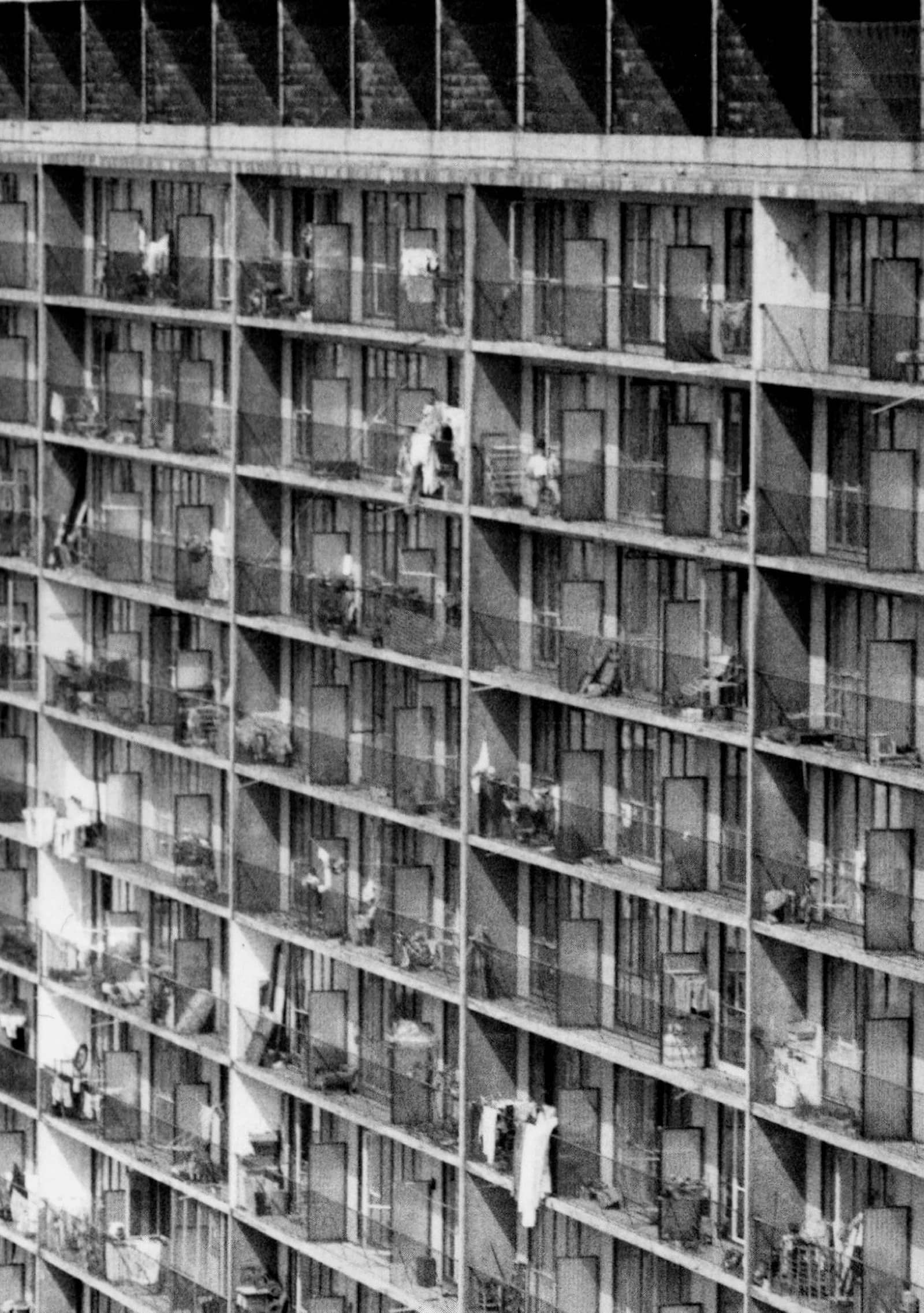Downloads
DOI:
https://doi.org/10.52200/65.A.ZA6ULTGCKeywords:
Modern Movement, Modern architecture, Modern housing, Post-war housing, Welfare architecture, Mass housing, French modern architecture, French grands ensembles, Preservation of modern architectureAbstract
After the collapse of 1940 and Occupation (1940-1944), France experienced a remarkable renewal after Liberation in 1944. Through reconstruction and intensive efforts to bring the country out of the housing crisis, the State set up a powerful production system, which based the expansion of the building sector on the concentration of investment in large companies. It was the era of the grands ensembles, of heavy prefabrication and giant construction sites. Initially well received by their inhabitants, these large housing complexes rapidly deteriorated and became ghettos. Despite the social difficulties that beset these neighborhoods, how can this important heritage of modernity be preserved today?
How to Cite
Published
Issue
Section
Plaudit
References
ASSELAIN, Jean-Charles, Histoire économique de la France, Paris, Éditions du Seuil, 1984.
CANACOS, Henry, Sarcelles ou le béton apprivoisé, Paris, Éditions Sociales, 1979.
VV.AA., Études sur la France de 1939 à nos jours, Paris, Éditions du Seuil, 1985. FoURASTIE, Jean, Les Trente Glorieuses, Paris, Fayard, 1979.
LEFEBVRE, Henri, Le droit à la ville I, Paris, Éditions Anthropos, 1968 LodS, Marcel, Le métier d’architecte, entretiens avec Hervé le Boterf, Paris, Éditions France-Empire, 1976.
POUILLON, Fernand, Mémoires d’un architecte, Paris, Éditions du Seuil, 1968. RIoUX, Jean-Pierre, La France de la IVe République, 1952-1958, Paris, Éditions du Seuil, 1983.
VAYSSIERE, Bruno, Reconstruction Déconstruction, Paris, Picard, 1988.
VOLDMAN, Danièle, La Reconstruction des villes françaises de 1940 à 1954, Paris, L’Harmattan, 1997.






